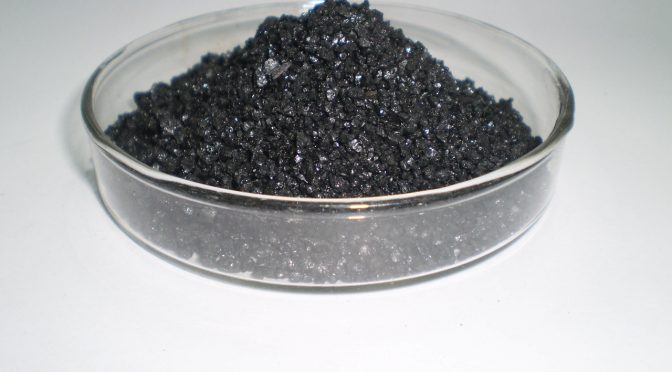Humic acid (mineral source)and potassium humate is a polymer of natural organic polymer compounds, which is the decomposition of plant residues through tens of millions of years or even hundreds of millions of years, and the decomposition and transformation of microorganisms, as well as a series of physical and chemical effects of the earth. The formed polymer is an amorphous polymer.
Function of humic acid and potassium Humate
- Improve soil aggregate structure
- improve fertilizer utilization
- Stimulate soil microbial reproduction
- Promote crop growth
- Chelation of trace elements
- solution of phosphorus and potassium
Humic Acids
Humic acid includes black humic acid, brown humic acid, and fulvic acid. Many people will confuse humic acid with potassium humate. Simply put, humic acid is a kind of organic mixture, and potassium humate is one of the least molecular weight components, soluble in water and soluble in acids and bases. Because of its many functional groups (hydroxyl, carboxyl, methoxy, etc.), it has high activity and good effect, and is often proposed.
Potassium Humate
What about potassium humate? Potassium humate is divided into two categories from the source:
From the source: the source of humic acid is the residue of plants and animals (brown coal, weathered coal, peat) formed by tens of millions of years of soil microbial transformation.
The biochemical humic acid, which is made by using molasses to produce alcohol waste liquid or the waste water after producing yeast, is prepared by concentration and spray drying, and the humic acid is highly hygroscopic and has a sugary taste.
From the composition: the main components of biochemical humic acid potassium are polysaccharides, lignin, protein, and few functional groups. The ore source humic acid potassium is rich in various functional groups such as hydroxyl group, phenol group and carboxyl group, and the utilization rate is high.
From the function point of view: the source of potassium humate can regulate the pH of the soil due to its functional group. It is also a natural chelating agent, which chelate with metal ions, reduce nutrient loss or solidification, promote direct absorption of plants, and promote poor solubility in soil. The aluminosilicate inorganic mineral (phosphorus and potassium) forms soluble nutrients and is directly absorbed by plants.
Functions of potassium Humate
- Promote the development of crop roots and increase the rate of emergence. Potassium humate is rich in a variety of nutrients. It can be seen in new roots in 3-7 days. At the same time, it can increase secondary roots, increase the ability of plants to absorb nutrients and water, promote cell division and accelerate crop growth.
- Improve fertilizer utilization. Potassium humate provides the necessary carbon and nitrogen sources for beneficial microbial activities in the soil, which promotes the proliferation of microorganisms, dissolves phosphorus, dissolves potassium, and fixes nitrogen, thereby greatly improving the utilization of nitrogen, phosphorus and potassium, and generally increasing the utilization rate by 50%. the above.
- Improve the drought resistance, cold resistance and disease resistance of plants. Potassium humate can promote the formation of soil aggregate structure, enhance soil fertility and water retention capacity, and enhance plant drought resistance. Potassium humate can enhance the photosynthesis of plants and increase the organic matter in plant cells, thereby improving the cold resistance of crops. The roots of the plants are developed, the ability to absorb nutrients is greatly enhanced, the plants are robust and the disease resistance is strong.
- Improve production and improve quality. Potassium humate is completely soluble in water, easy to absorb and has strong permeability. The effect is more than 5 times that of common humic acid. The active substance of fulvic acid makes the absorption and utilization rate of nitrogen, phosphorus and potassium reach 50% or more, greatly enhancing the nutrition of the plant itself. Increase yield and improve crop quality.
- Improve soil and resist heavy mites. Humic acid combines with calcium ions in the soil to form a stable agglomerate structure. The water, fertilizer, gas and heat of the soil are regulated. The soil is beneficially multiplied, and the harmful bacteria in the soil are controlled, thus improving crop resistance and causing The long-term excessive fertilization caused by the knot and soil salinity has obvious repair function.

